I met my first official boyfriend.
No, not like that. It was Maddie’s boyfriend – just the first one I ever met.
We visited her in Ann Arbor for St. Patrick’s Day, which also happened to be her birthday and opening night of her first college show, a three-day run of A Chorus Line. She played Maggie, partly because she’s the rare human who can hit the high note in “At the Ballet.”
But the big headline for me was the first boyfriend.
I realize making it until your eldest daughter is 19 before she has a certified boyfriend is rare. Some people might even call it lucky. Noelle, at 16, is heretofore significant-other-less too.
I only heard about the boyfriend secondhand. Tara and Noelle knew all about him. It’s not like Maddie isn’t comfortable talking about that stuff with me. We just hadn’t spoken much since it ramped up.
Unlike many daughter-dad firsts that hit you with little warning – the first walk down that aisle in the grocery store or the first time you pick up a birth control prescription at Rite Aid – meeting the first boyfriend had some build-up. I had time to think about it.
I texted Maddie that morning and said, “What kind of ‘boyfriend dad’ do you want me to be? The super cool chummy type or the super cool and slightly intimidating type?” (I was going to be super cool either way, obviously.)
She replied: “the first option i think.” (Clearly, capital letters in texts are a generational thing).
It was a fair question – and one my dad never asked my sister. He was the chummy type, to the extreme. I can remember my dad inviting one of Alisa’s ex-boyfriends to our fishing camp long after they broke up. She laughs about it now. Only now.
After all that, my boyfriend encounter was entirely anticlimactic. We met for two minutes, at the end of a show, in a super crowded theater lobby. We introduced ourselves and shook hands. Little did he know, I’m the world’s biggest handshake snob. He passed with flying colors.
And that was that – a merciful entrance into the world of being a boyfriend (or girlfriend) dad.
I know it’s only the beginning. But the first box is checked.
Here’s what we’re seeing:
Americans are nearly universally concerned about gun violence and the effects of social media on kids, even though those things aren’t particularly related. In our 3 Things to Know this week, a full 85% of U.S. adults say they’re at least ‘somewhat concerned’ about gun violence, with 49% saying they’re ‘very concerned.’ The latter number is the highest we’ve seen since pre-COVID, jumping past a high we saw after Uvalde.
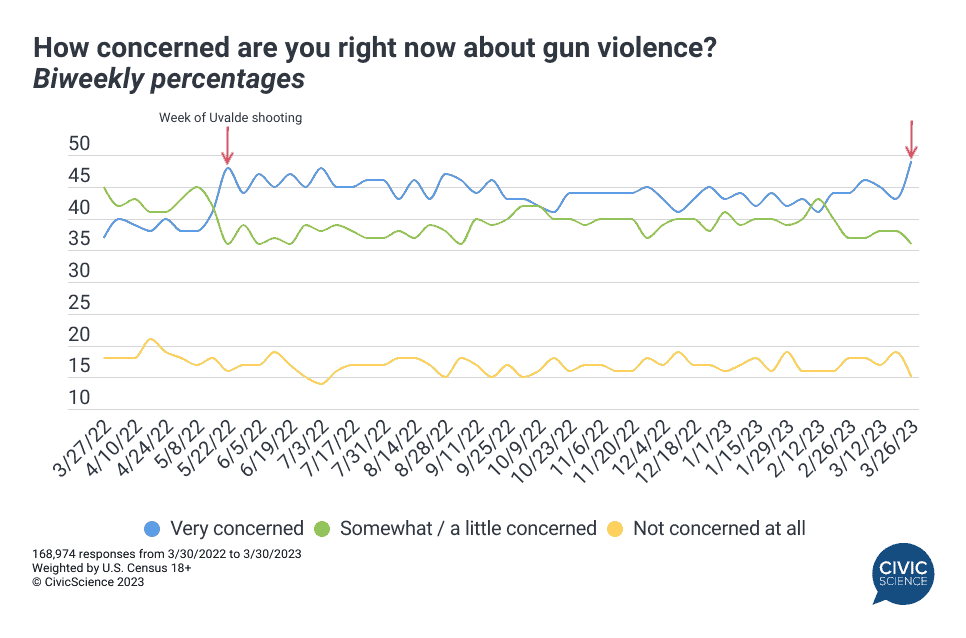
Coincidentally, we also looked at Americans’ attitudes toward stronger parental controls and regulations regarding kids and social media. A super-majority of U.S. parents believe parental consent should be required for minors to use social platforms. Notably, parents’ attitudes soften as kids get older. Similarly, a vast majority of Americans, across party lines, support an array of federal regulations to crack down on social media and advertising aimed at kids. Now, if we could all just agree on something that would actually mitigate gun violence.
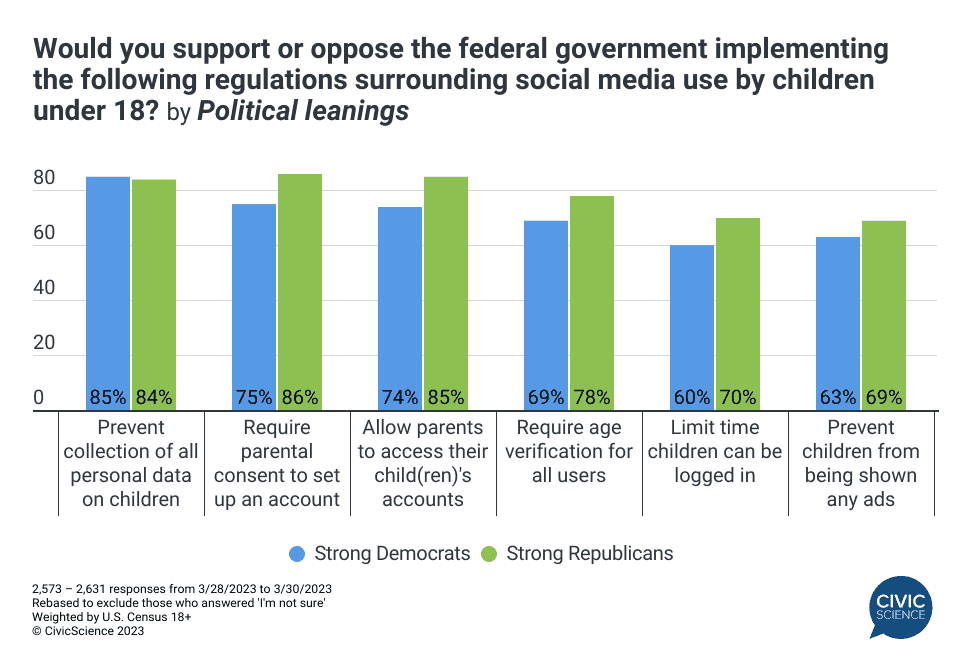
Over one-third of older Gen Xers plan to work past 65 and it’s not just because of money. A survey of Americans aged 55-64 found that 35% ‘definitely’ plan to work into their late 60s, while another 19% say they’re thinking about it. Of those expected or current workers, 65% attribute it to a need for steady income or benefits. The remaining 1/3rd+ want to keep working to stay mentally and physically sharp, pursue something new, or stay socially engaged. The splits by race were interesting – Hispanics are the most likely to plan to retire by 65, while Asians and Pacific Islanders are by far the most likely to ‘definitely’ keep working.
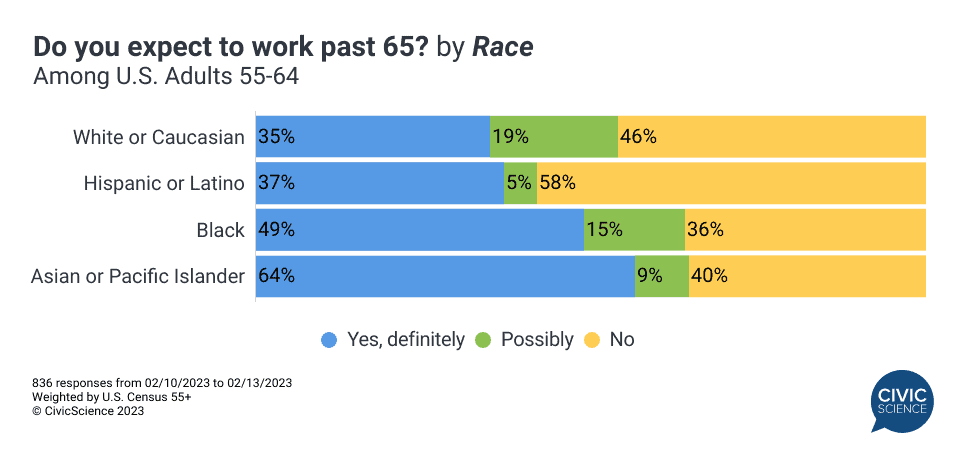
Medicaid and CHIP beneficiaries are freaking out over COVID-era rollbacks. As of April 1, millions of Americans stand to be impacted now that emergency assistance provisions for Medicaid/CHIP have expired. Much like the rollback in SNAP benefits that happened in Q1, this move will directly pinch the lower-income Americans who are already feeling the brunt of inflation. As of this week, upwards of 40% of Medicaid/CHIP recipients are worried about losing their healthcare altogether. Of those, 28% say they will apply for ACA, and 15% say they will go without coverage. If there’s any small saving grace, it’s that employment among this group has increased – so 16% of those with lost benefits can now apply for coverage at work.
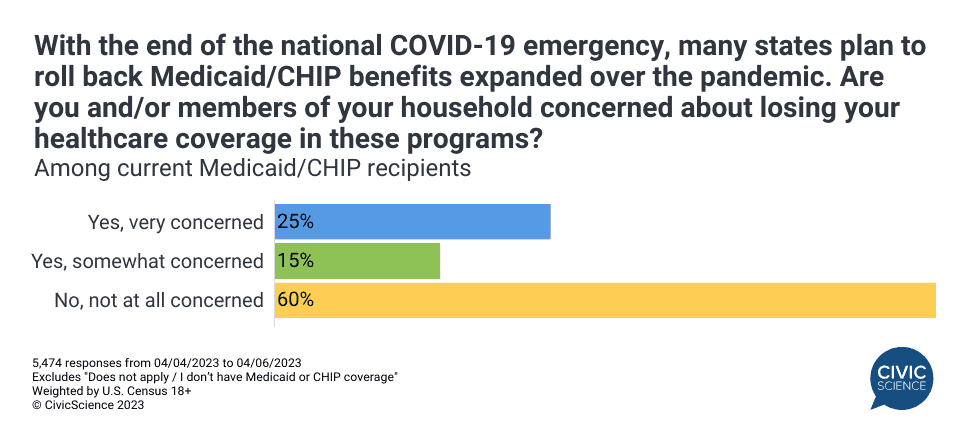
Our grocery habits have changed on all kinds of dimensions – and they keep changing. Our latest Grocery Industry Report has more useful stuff in it than Sam’s Club. From the 7-year decline in shopping at large regional chains to the continued rise of online delivery since COVID, the way we buy groceries is constantly evolving. Naturally, inflation has caused more near-term upheaval, pushing people to make fewer unplanned purchases (and spurring way more people to use a shopping list). Rising costs, however, still aren’t the main reason people aren’t eating healthier – it’s more about convenience and not wanting to give up the less-healthy foods we like. Our emotional wellness is combatting our physical wellness. (P.S. One great thing is that people are shopping less with their spouse, which has long been one of my biggest pet peeves.)
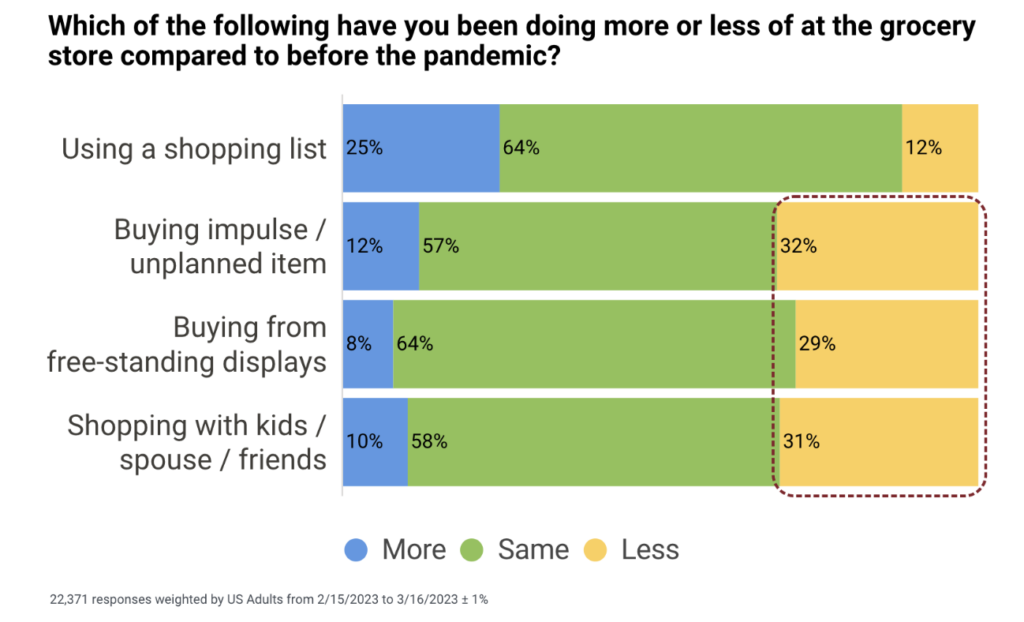
Tons more killer insights from the InsightStore:
- Apple is going to snag a lot of iPhone users for their new BNPL service;
- Gen Z, hybrid workers, and Dunkin’ are shaking up the QSR breakfast scene;
- People are dipping into their savings more, but it’s the same people as last year;
- Ford and Chevy drivers are much more likely than average to use online car dealers, and other deep insights from our Ford vs. Chevy 360 Report;
- Easter celebrators are cutting back this year, but ham and Reese’s Peanut Butter Eggs are still boss;
- People who consider themselves environmentally conscious fly more than others and four other factoids.
The most popular questions of the week:
- How often do you feel unsupported by your partner?
- Do you keep a house key hidden outside your house in case you ever get locked out?
- What decade of adulthood do you think is best suited for romance?
- Would you risk your life to save someone else?
- Do you ever put a cup/dish of water in your microwave to make sure that reheated food doesn’t dry out?
Answer Key: Never, not once; Like I would tell you if I did; Hmm, 20s I guess; I’d like to think so, yes; No, I didn’t even know that was a thing.
Hoping you’re well.
JD








